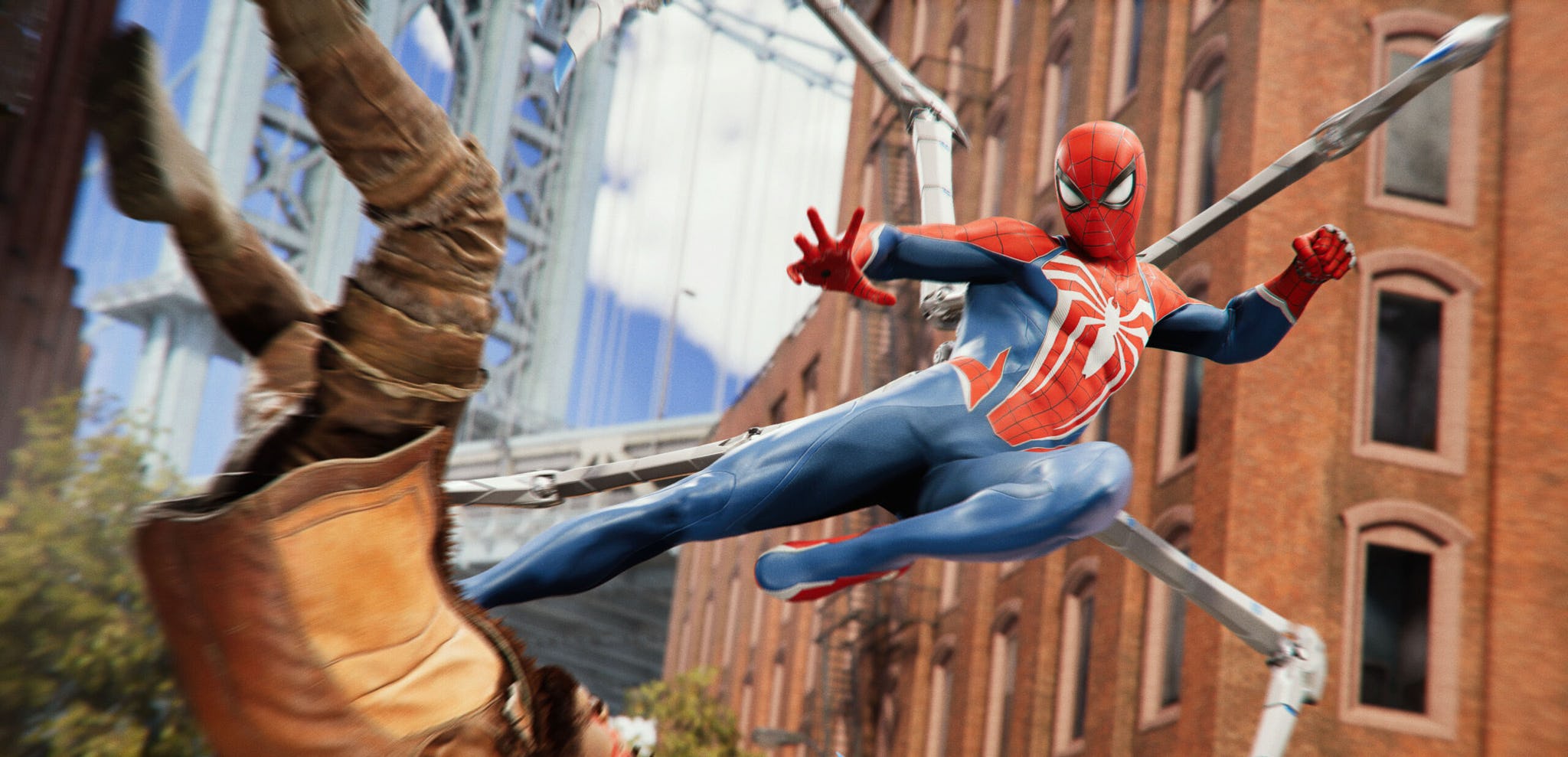
Is 2023 the best year in video game history? That’s a debate we’ll probably be having for many years to come, but one thing is undeniable, 2023 was a huge year of firsts for gaming accessibility.
From complete independence in racing genres to inclusive options and designs for fighting games, disabled players can access and enjoy numerous first-party titles in contention for Game of the Year. As studios continue to innovate and refine accessible features and designs, disabled players are no longer left combatting insurmountable barriers. Is 2023 the best year in terms of accessibility? No. But it’s proof that accessibility is now an integral component across the entire gaming industry.
With every new game, developers are implementing accessible settings and designs that benefit a variety of disabilities. As the year ends, Inverse examines some of the most accessible games of 2023, highlighting exactly what made them great.
10. Super Mario Bros. Wonder
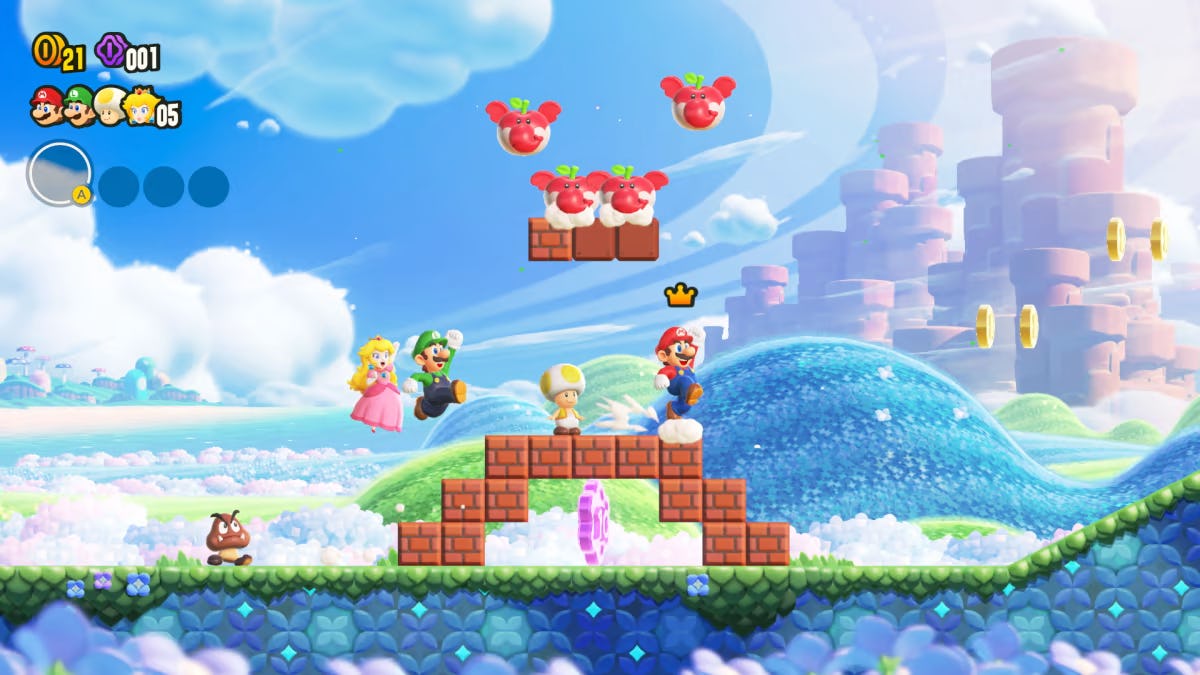
Nintendo games are often met with disdain from the disability community. Yet what they lack in extensive accessibility menus, they provide immense inclusive designs appropriate for all ages and varying disabilities. Wonder does include some options, like the ability to (minimally) change the controls as well as the capability to turn off rumble. However, like Baldur’s Gate 3, Wonder’s accessibility is primarily through its design. Stages are no longer timed, giving physically disabled players the ability to rest indefinitely. Characters like Yoshi and Nabbit are immune to monsters, meaning individuals only need to focus on platforming. Even Badges – a unique feature to Wonder – provide benefits like a one-time save when landing on hazardous sections or falling off stage. And when playing with others in multiplayer, players can indefinitely revive others without losing lives (as long as it’s within five seconds). These designs ensure that Wonder remains challenging and accessible for fans of side-scrolling Mario.
9. Baldur’s Gate 3
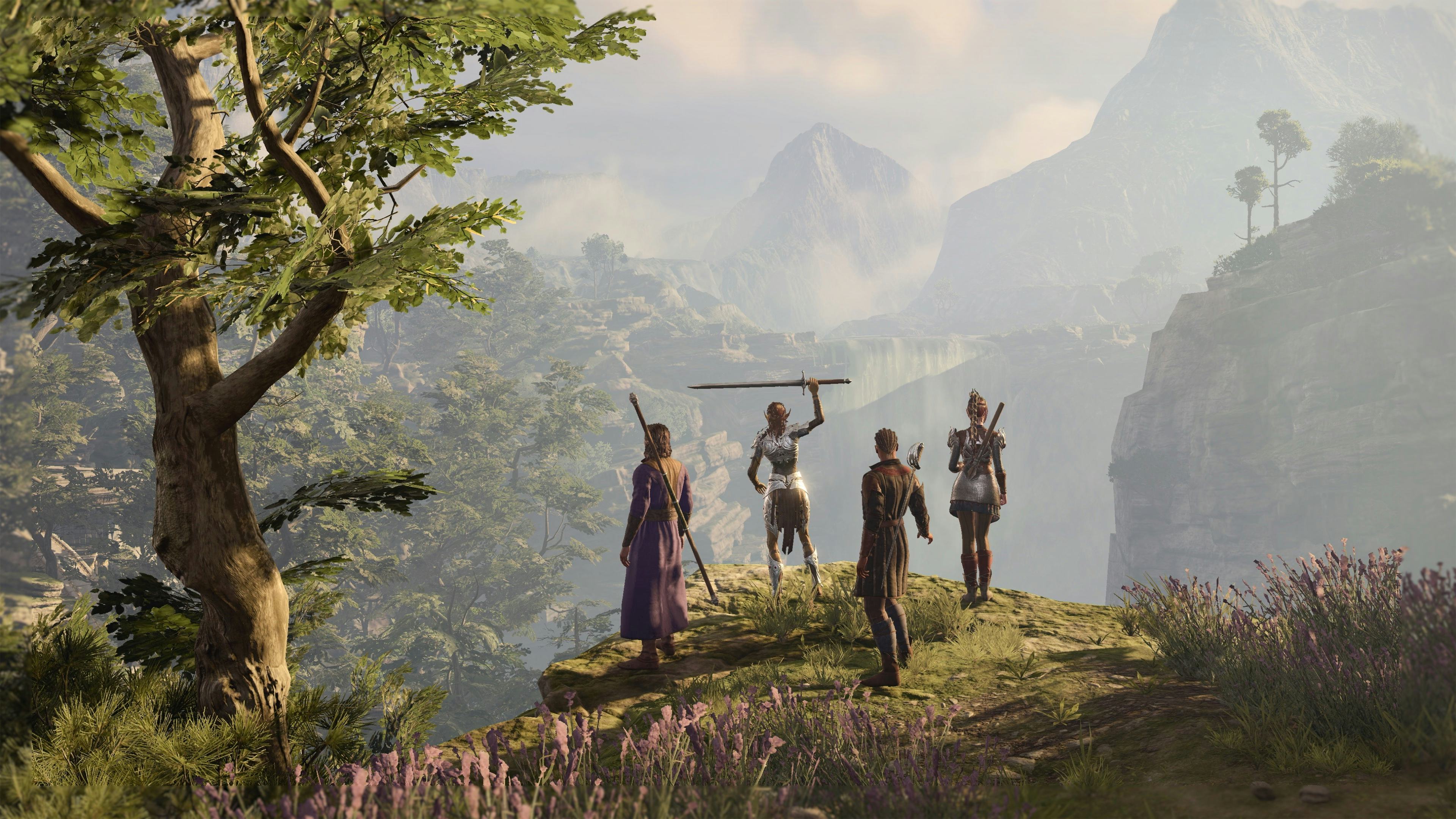
Accessibility is more than options in a menu, and Larian Studios’ Baldur’s Gate 3 perfectly encapsulates the importance of inclusive and accessible design in games. While there are a multitude of features like control customization, mouse-only movement on PC, and the capability to adjust text size, Baldur’s Gate 3 shines with its overall mechanics. Despite players needing to consistently understand mass amounts of information relating to story and combat, cognitively and physically disabled players can focus on their own character, especially when playing with friends. If conversations are too difficult to process, another player can perform all interactions. If players are unsure of which items to equip, simply trade your equipment to others so they can determine what works best for you. Baldur’s Gate 3 is by no means the most accessible game this year, but it proves that inclusive design is just as valuable as dozens of accessible features.
8. Resident Evil 4
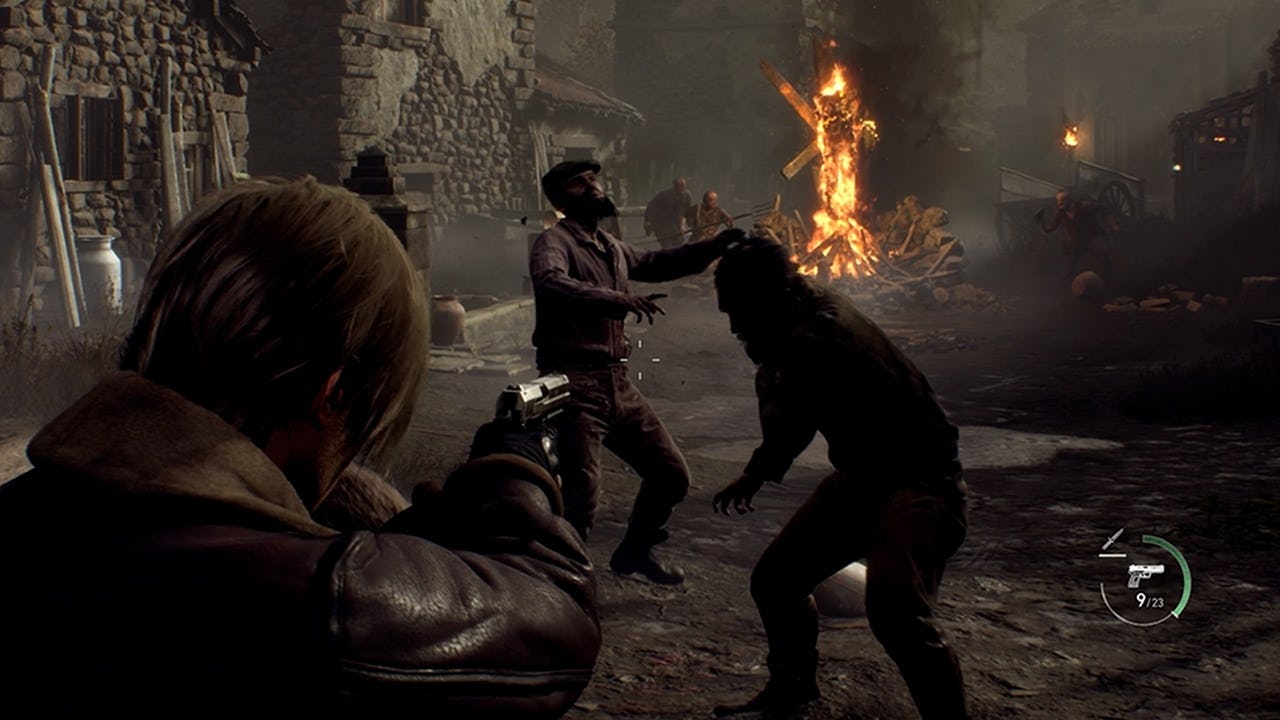
Sticking with the theme of remakes, Capcom’s Resident Evil 4 adds numerous accessibility features and designs to ensure disabled players can enjoy this reimagining of a cult horror classic. Players can access three separate presets (visual, auditory, and motion sickness) of features to help remove and alleviate inaccessible barriers. While nothing within the settings menu or the game itself is particularly revolutionary, Resident Evil 4 implements quality-of-life improvements like visualizations of pathways, toggles for quick-time events, and faster ways to eliminate enemies with melee options. Disabled players may still struggle with actions like the inability to toggle aiming, but compared to the original 2005 release, the Resident Evil 4 remake is a great example of the standardization of accessibility.
7. Marvel’s Spider-Man 2

Insomniac Games’ focus on accessibility is well-established, and Marvel’s Spider-Man 2 continues the studio’s commitment to quality accessibility features for an array of disabilities. The sequel to 2018’s Marvel's Spider-Man adds options that automatically complete quick-time events, simplify puzzles, and even a suggested game speed to 30, 50, or 70 percent — along with a plethora of visual and audio settings. Yet, its true testament to accessibility is the addition of new features, launching sometime this month. From screen reader support to complete control customization, Insomniac Games demonstrates the ever-evolving process of making games accessible. Even after launch, it’s entirely possible to continue refining the accessible experience.
6. Star Wars Jedi: Survivor
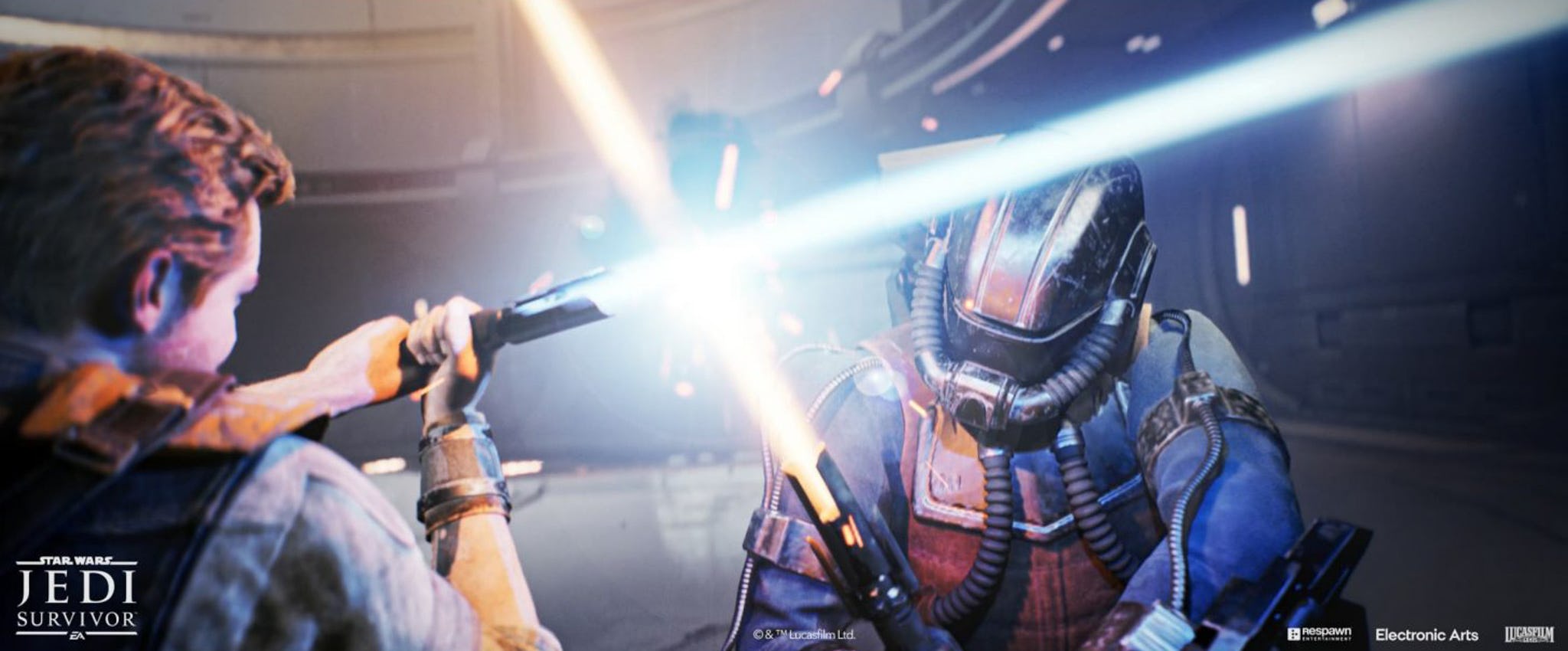
Sequels are meant to expand upon established plots and introduce new characters, but when it comes to video games, sequels are also a chance for developers to refine and innovate gameplay and accessibility. Respawn’s Jedi: Survivor reintroduces key features from 2019’s Star Wars Jedi: Fallen Order including varying difficulty settings, customizable controls, and auto-targeting, while adding additional tools to assist disabled players. From toggles for Force powers to highly customizable caption and subtitle settings, disabled players can comfortably battle the Dark Side with few barriers. Most notably, Jedi: Survivor adds a new option in the form of Slow Mode, which drastically adjusts the game speed for combat and traversal. As an action platformer, controlling every aspect is crucial when reducing physical exhaustion and cognitive processing. Slow Mode is proof that accessibility can still entertain while maintaining a challenge.
5. Diablo IV
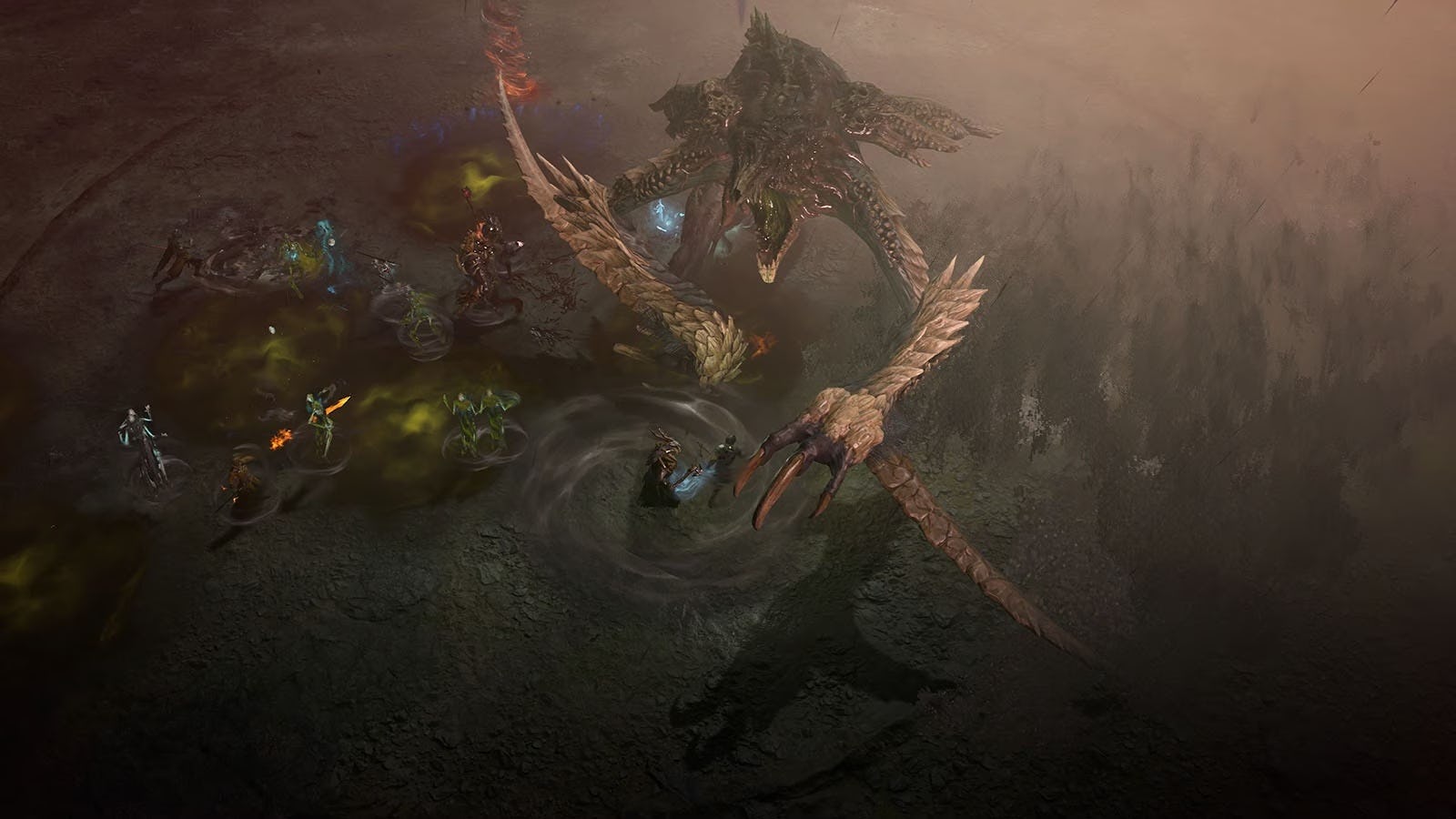
Vanquishing an endless army of demons can be exhilarating, especially with dozens of accessibility features and designs. Diablo IV is Blizzard Entertainment’s most successful attempt at making the dungeon-crawling genre accessible with features like complete control remapping, speech-to-text, adjustable text size, and even toggles for skills. Yet one of the biggest achievements is screen reader support, allowing blind and low-vision individuals to have the game read crucial information like locations, item information, and skill text. Dungeon crawlers traditionally rely on heavy amounts of text to convey information, and without proper accessibility resources, blind and low-vision players are unable to accurately equip crucial items or skills. As accessibility knowledge continues to grow, previously inaccessible franchises like Diablo can now welcome more heroes to combat the forces of hell.
4. Mortal Kombat 1
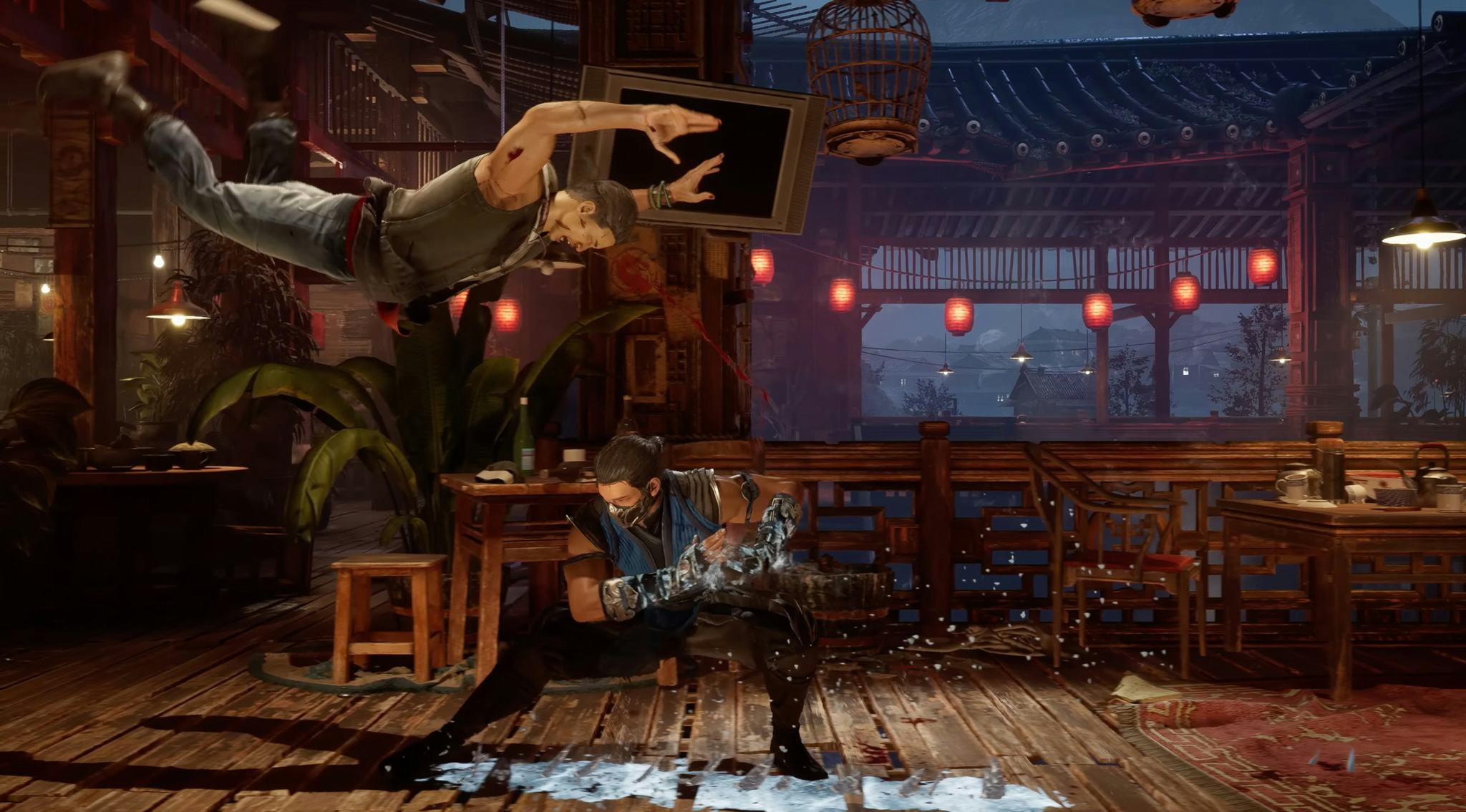
NetherRealm Studios is no stranger to fighting game accessibility. In 2013, developers introduced Extra Audio Feedback in Injustice: Gods Among Us after a visually disabled fan requested more aural information during matches. 10 years later, Mortal Kombat 1 is the culmination of years of accessibility efforts. For blind and low-vision players, accessibility offerings like full-screen reader support, Audio Described Fatalities, — a first for the series — and aural cues for character movements and attacks during matches ensure that blind and low-vision players have as much information as their able-bodied peers. Visual accessibility is still in its infancy, and to have an entire genre newly available because of accessibility features demonstrates the consistent evolution of accessibility understanding and implementation in games.
3. Street Fighter 6
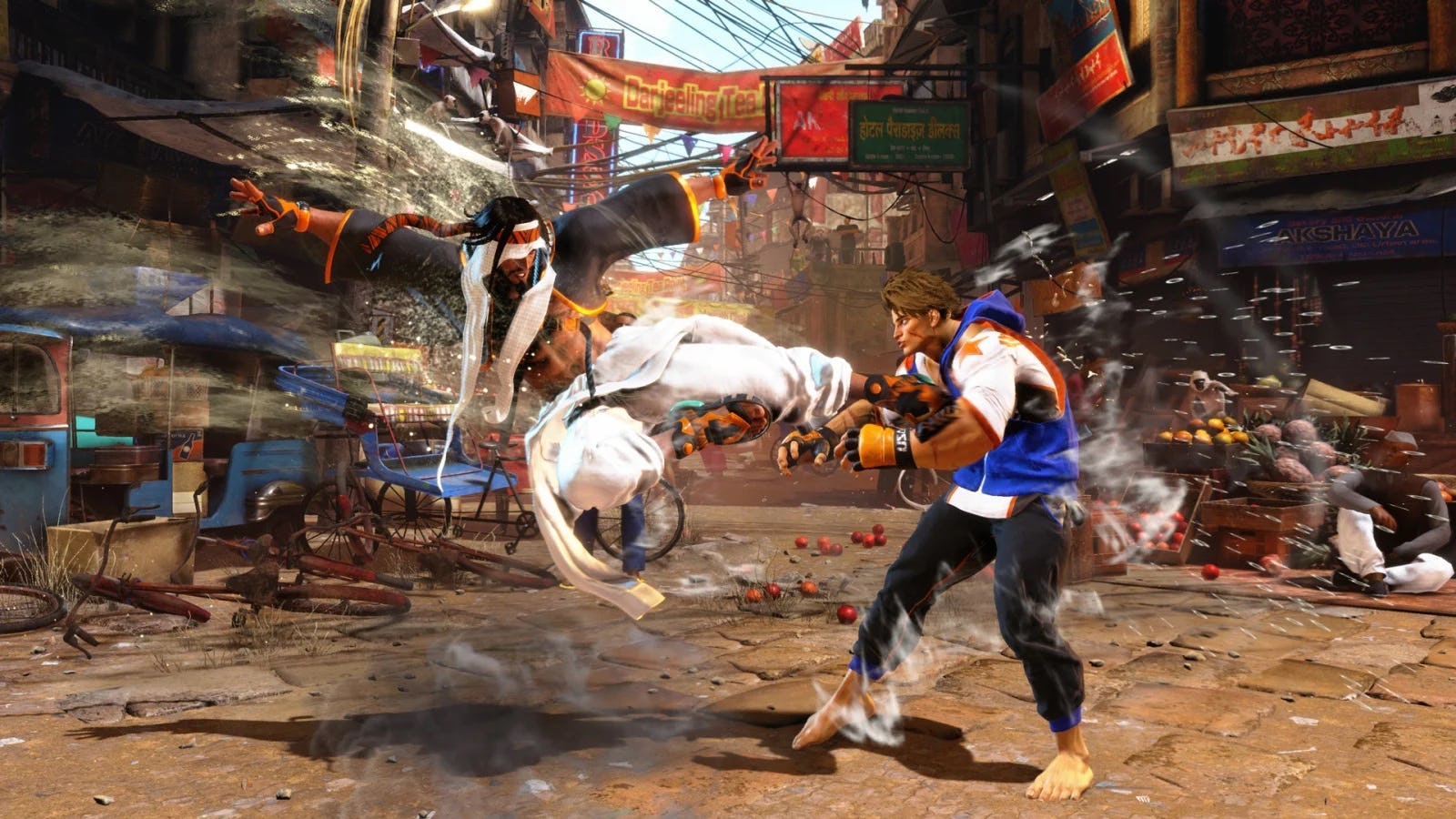
Capcom’s Street Fighter 6 is the first in the famous fighting game series to include an array of accessibility features for disabled players. Traditionally, Street Fighter rewarded fighters who could execute precise and extensive combos. For individuals with physical disabilities, Street Fighter 6 adds two new control schemes – Modern and Dynamic – which greatly reduce the number of inputs needed to perform punches, kicks, and specials. Modern Controls reduces the number of buttons to three, as well as a button for unique moves and fireballs. Even though there’s an 80 percent damage cap, physically disabled players can seamlessly execute complex combos with ease. Dynamic Controls automatically make characters perform moves depending on which button is pressed, coupled with distance to opponents but is only usable in offline single fights. Finally, blind and low-vision players have access to multitudes of aural indicators for character movement, opponent movement, fireballs, and even Drive Gauge depletion, giving them a full understanding of match information. For an established series like Street Fighter, Capcom demonstrates the need and willingness to create tools that allow as many players as possible to compete.
2. Dead Space

Motive Studio’s retelling of the iconic 2008 horror shooter is rife with excellent accessibility tools for disabled players. Customizable controls, toggles for actions like aiming and sprinting, and inclusive designs like accurate waypoint trails to reduce cognitive overload and physical exhaustion are all expertly crafted into this remake. Yet, it’s the extensive content warnings that make Dead Space an accessible achievement. Within the game’s menus, players can activate filters to censor traumatizing visuals and audio clips like gore or suicidal ideation. These are so successful because they still let players feel the core themes of the game like immense isolation and feelings of despair. Accessibility is traditionally composed of auditory, visual, and motor features and designs. For a AAA game to not only create cognitive accessibility options but to implement them in a way that ensures players who use them can still be terrified is proof of the continuous evolution of accessibility.
1. Forza Motorsport

For blind and low vision or physically disabled players, the racing genre is traditionally filled with inaccessible barriers. From the inability to visualize crucial information on the track to consistent holds that drastically drain stamina, racing games rarely have meaningful accessibility features. However, Turn 10 Studios’ Forza Motorsport managed to revolutionize the genre. Blind Driving Assists provide aural indicators for driving across different sections of tracks, acceleration and deceleration cues, shifting cues, and even cues for driving the wrong way. Combine that with incredible physical accessibility features like assisted steering, automatic shifting, and assisted braking and Forza Motorsport is one of the most accessible racing games ever. Inverse even scored it a 10/10 with its accessibility review. Games are rarely, if ever, barrier-free, but Forza Motorsport has the distinct privilege of being one of those few.







